01 Mt Charleston Wilderness Overview | Kyle Canyon Trails | Spring Mountains, Nevada
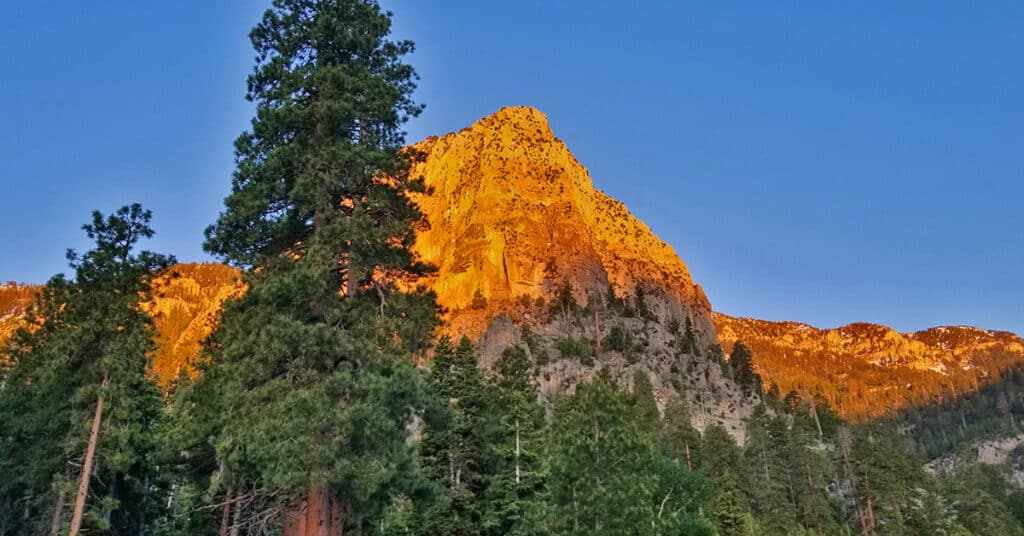
Kyle Canyon is the main jumping off point for hikers, trail runners and mountain climbers in the Mt. Charleston Wilderness. There are two main trailheads: Trail Canyon Trailhead and South Climb Trailhead. The Trail Canyon Trailhead (near Mary Jane Falls) is the starting point for completing the Mt. Charleston Loop from the North. The South Climb Trailhead, at the base of Cathedral Rock, is the starting point for completing the Mt. Charleston Loop from the South. It is also the shortest out-and-back route to the summit of Charleston Peak. Best time of year for adventures here: Early Summer to Mid-Fall. Temperatures at the higher elevations are usually in the mid-70s even when Las Vegas Valley is up to 115 degrees! Expect to navigate snow at other times of the year. Follow thumbnail images to view the details you will need to plan your adventures here. Click image or title above for more…
01 Mt Charleston Wilderness Overview | Lee Canyon Trails
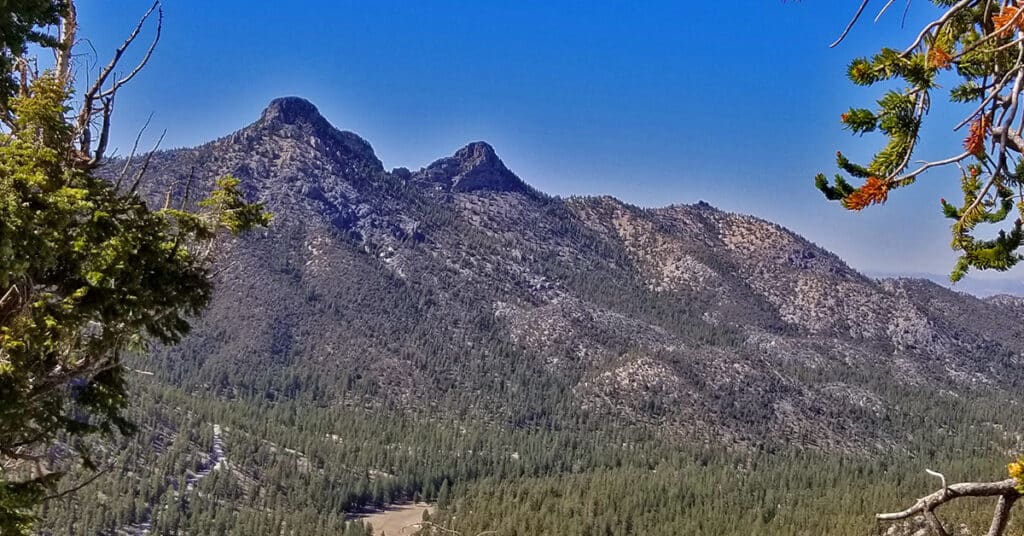
In addition to Kyle Canyon, Lee Canyon in the Mt. Charleston Wilderness of Nevada is the second major canyon area. Lee Canyon is a destination for skiers and has a major ski lodge with 3 ski runs and ski lifts. Even during the Summer months, the ski area is open and converts to a Summer recreational destination. in addition to the commercial aspect of Lee Canyon there are a number of wilderness trailheads. Only one, The Bristlecone Pine Trailhead, is clearly marked with trailhead parking. But we have found a number of other unmarked “hidden” trailheads in Lee Canyon to beautiful, lightly traveled, wilderness destinations! Best time of year for adventures here: Early Summer to Mid-Fall. Temperatures at the higher elevations are usually in the mid-70s even when Las Vegas Valley is up to 115 degrees! Expect to navigate snow at other times of the year. Follow thumbnail images to view the details you will need to plan your adventures here. Click image or title above for more…
01 Muddy Mountains Wilderness Overview
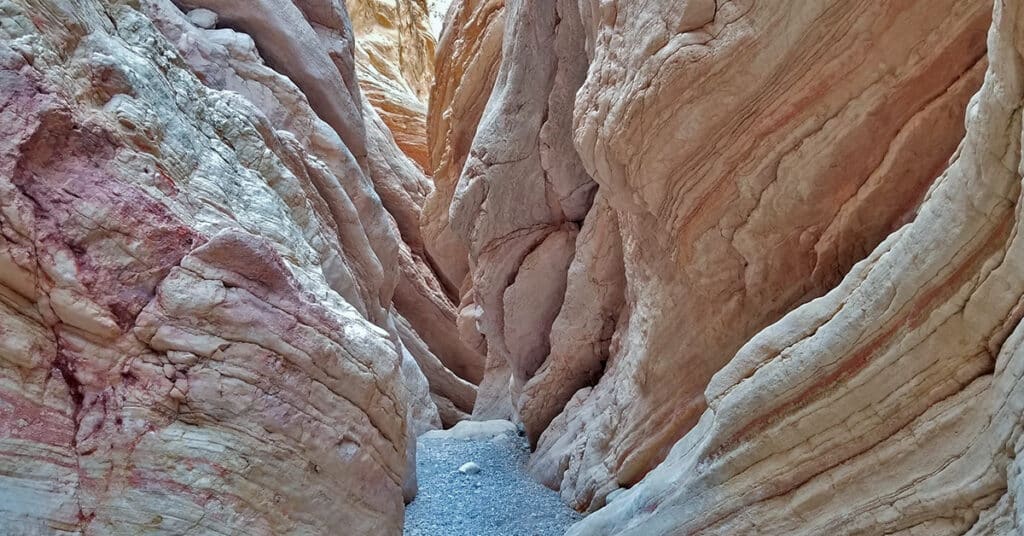
The Muddy Mountains Wilderness in Nevada is largely untouched and unknown. Yet, it is massive, one-third the size of the state of Rhode Island. And it is just outside Las Vegas being roughly between Valley of Fire State Park and Lake Mead National Recreation Area. The area is rather barren and brown…thus the name Muddy Mountains. However there is an incredible slot canyon, Anniversary Narrows, and the hills are rich in minerals. The Muddy Mountains Wilderness is only accessible by 4WD vehicle, mountain bike or on foot. There are slot canyons and spectacular overlooks. Best time of year for adventures here: Mid-Fall to Mid-Spring. When temperatures in the Las Vegas Valley rise above 75-80 degrees these destinations can become uncomfortable and even dangerous. However, during the Winter months expect comfortable mid-day temperatures around 60 degrees. Follow thumbnail images to view the details you will need to plan your adventures here. Click image or title above for more…
01 Plan Your Las Vegas Area Wilderness Adventure | Overview
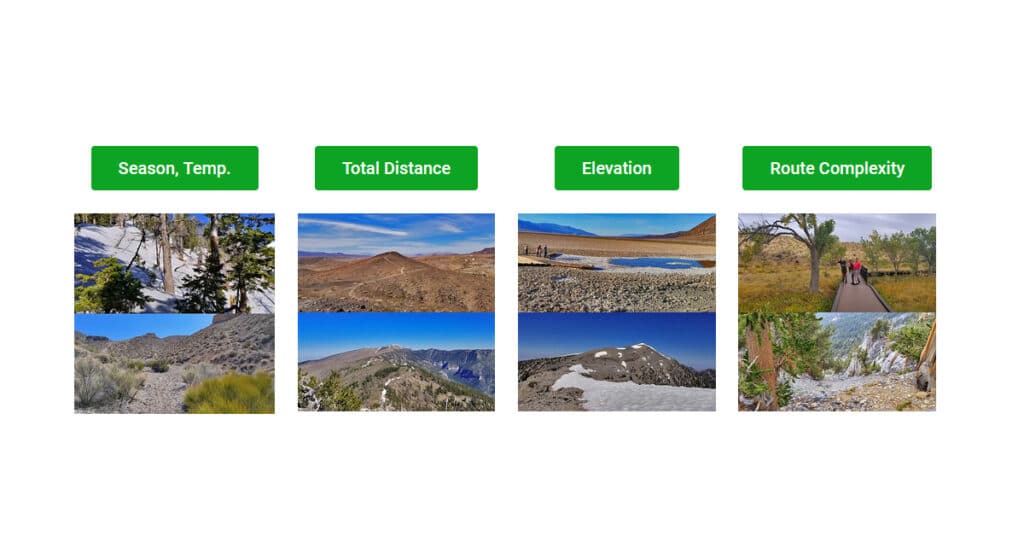
The Las Vegas Area Uniquely Provides Year-Round Wilderness Adventures for All Levels of Conditioning and Varieties of Terrain. For Maximum Enjoyment and Safety, Select the Adventure that Best Fits the Following Criteria. Taking into account a few of the most critical considerations that apply to any Las Vegas Area wilderness adventure will help you to a more enjoyable and safe experience. Click image or title above for more…
01 Potosi Mountain Overview | Spring Mountains, Nevada
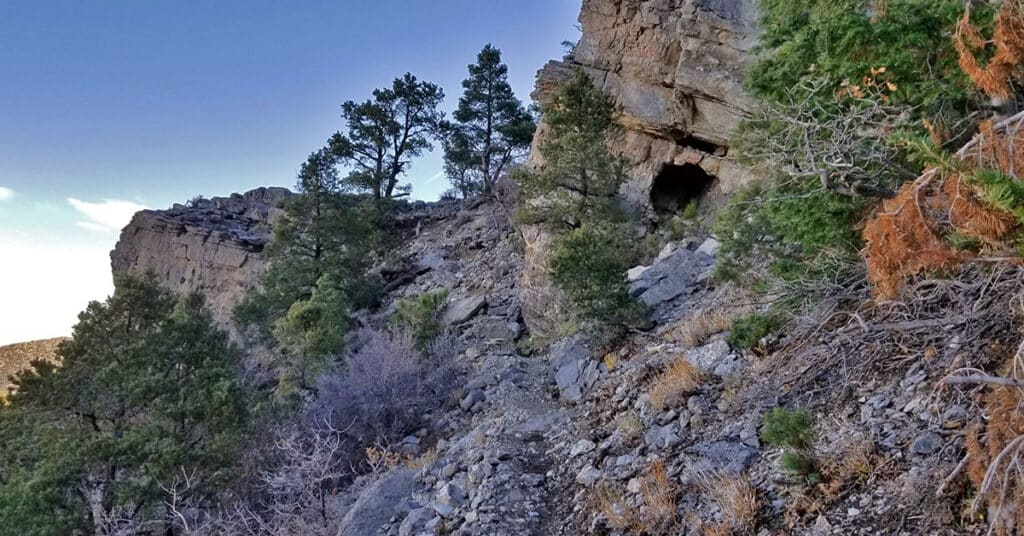
Potosi Mountain, Nevada is a huge 8,517ft mountain at the Southern tip of the Spring Mountains featuring many challenging hikes and climbs at every difficulty level. Spectacular views are everywhere! There are many ways to get to the summit. The main Southern approach is a very steep maintenance road. Northern approaches involve locating openings in the surrounding cliffs. The openings are there, but it helps to know where! Best time of year for adventures in the higher elevations here: Fall and Spring. You may need to navigate snow during Winter months. When Las Vegas Valley temperatures rise above 95 degrees, the higher elevations can become uncomfortably hot and even dangerous. Follow the thumbnail images on this page to plan your next adventure on Potosi Mountain. Click image or title above for more…
01 Rainbow Mountain Wilderness, Nevada Overview
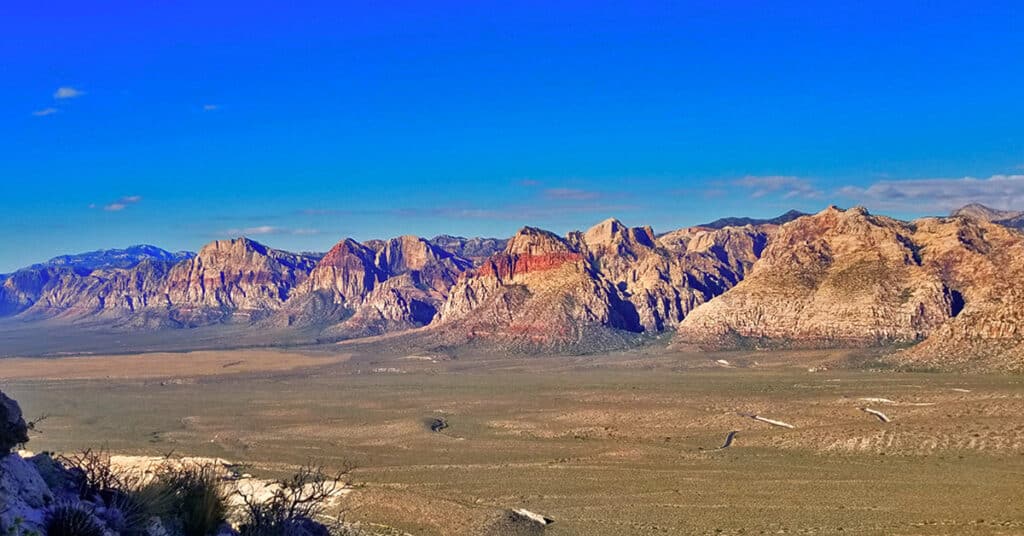
The Rainbow Mountain Wilderness is composed of majestic colorful Aztec Red Rock Jurassic Era Peaks. It stretches from the Keystone Thrust above Red Rock Park to the beginning of Potosi Mountain in the Southern portion of the Spring Mountains of Nevada. The most customary way of experiencing these peaks is to approach them from their base from Red Rock Park to Potosi Mountain. Once you’ve navigated through the thick brush at the base of the peaks, you are faced with vertical and near vertical cliffs in order to reach the summit. For this reason, the Rainbow Mountains are a popular destination for rock climbers of all levels. My non-traditional approach involves discovery “from the top down”. The Rainbow Mountains Upper Crest Ridgeline sits above the Rainbow Mountains and parallels its entire wilderness stretch. Most of the peaks can be reached from this ridgeline above with a class 2 and 3 climbing difficulty level. Best time of year for adventures in the higher elevations here: Fall through Spring. When Las Vegas Valley temperatures rise above 85 degrees, the higher elevations can become uncomfortably hot and even dangerous. The higher elevations can drop below 30 degrees during the Winter months. Follow thumbnail images to view the details you will need to plan your adventures here. Click image or title above for more…
01 Red Rock Canyon National Conservation Area Overview

The 10,000 acre Red Rock Canyon is the signature wilderness area just outside Metro Las Vegas. Hike and climb on magnificent Jurassic era frozen sand dunes and calico hills — some reaching heights of 7,000 feet. Experience the Southwestern desert with the help of an elaborate visitor center featuring interpretive displays, movies, presentations and walks. Then, plan your adventure from a short hike to a challenging vertical rock climb and all the levels of difficulty between. Best time of year for adventures here: Mid-Fall to early Spring below 5,000ft; Fall to Spring above 5000ft. Temperatures at the higher elevations are usually in the mid-70s during this time even when Las Vegas Valley is up to 95 degrees! Winter temperatures in the lower elevations can be in the mid-60s! Follow thumbnail images to view the details you will need to plan your adventures here. Click image or title above for more…
01 Sheep Range North of Las Vegas, Nevada | Overview
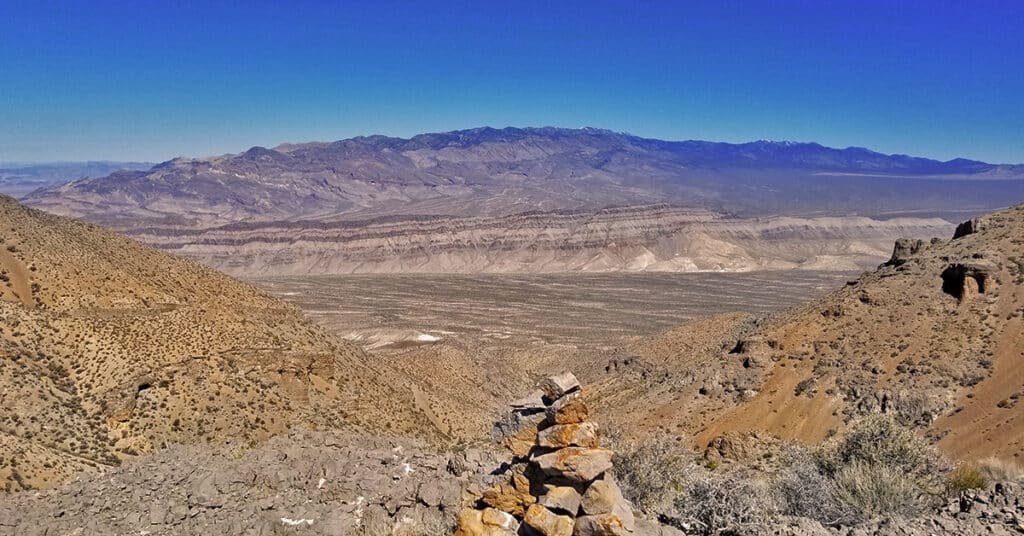
The Sheep Range is located in the Desert National Wildlife Refuge just North of Las Vegas, Nevada. The refuge was named for its purpose to protect the bighorn sheep population and is the largest wildlife refuge in the lower 48 States. The motor vehicle entrance to the Sheep Range is off Nevada Hwy 95 at Corn Creek Road. There is a beautiful interpretive center with a desert interpretive walkway and ample parking for about 30 vehicles. There is a 4WD road system entirely circling the Sheep Range with additional roads branching off to trailheads and camping areas. Just South of the Sheep Range sits Fossil Ridge, an ancient rocky ridgeline with Nautilus fossils aging near 450 million years old dating back to the era when there was just one continent on Earth, Pangea. Follow thumbnail images to view the details you will need to plan your adventures here. Click image or title above for more…
01 Sloan Canyon National Conservation Area Overview
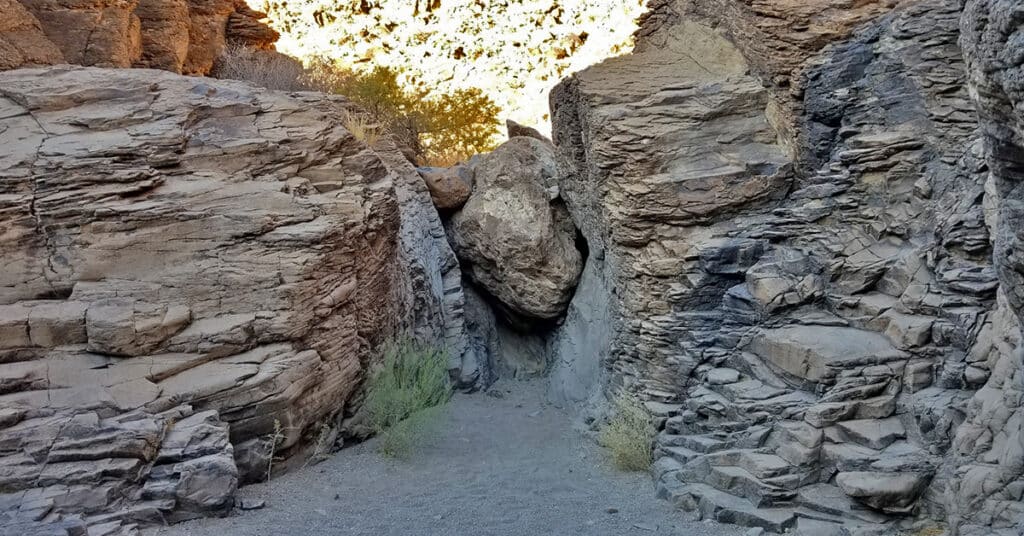
The 48,438 acre Sloan Canyon National Conservation Area is over 4 times the size of Red Rock Park and located to the South East of the Las Vegas Strip. Sloan Canyon National Conservation Area is divided into a few major sub-sections. On the Northern end, the 14. 763 acre McCullough Hills area, accessed off of I-11 between Henderson and Boulder City is a network of hiking, running, mountain biking and horse trails. To the South in the Sloan Canyon National Conservation Area is the is the North McCullough Wilderness. Here you will find the Sloan Canyon Petroglyph Site with over 300 ancient native American rock art panels. A popular trail of interest winds through Petroglyph Canyon. Best time of year for adventures here: Mid-Fall to Mid-Spring. When temperatures in the Las Vegas Valley rise above 75-80 degrees these destinations can become uncomfortable and even dangerous. However, during the Winter months expect comfortable mid-day temperatures around 60 degrees. Follow thumbnail images to view the details you will need to plan your adventures here. Click image or title above for more…
01 Valley of Fire State Park Overview, Nevada
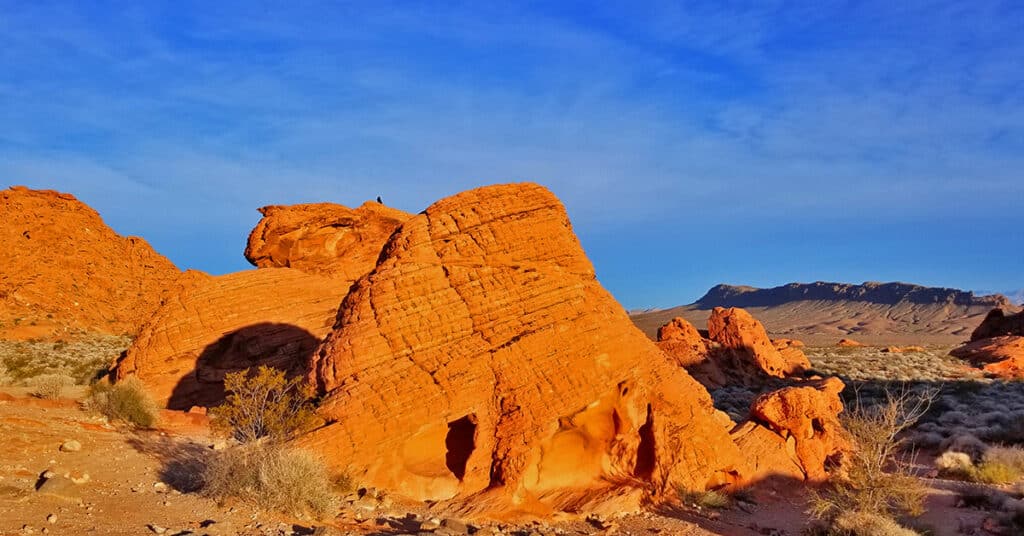
Valley of Fire is Nevada’s first State Park, formally opened in 1934. It is a place of majestic and beautiful Aztec red, white and calico frozen dunes from the Jurassic Era; amazing rock formations that seem to defy reasoning; ancient native American petroglyphs, petrified logs and bighorn sheep. If you had just 7 days to visit Valley of Fire State Park in Nevada, what are the most important points of interest you do not want to miss? In this 7-day tour I visited and documented over 30 points of interest. In addition, I created a 7-day strategy for getting the most out of your week at Valley of Fire State Park. Finally, I explored, documented and discussed in more detail two outstanding features of the park: The weird rock formations and ancient petroglyphs. Best time of year for adventures here: Mid-Fall to Mid-Spring. When temperatures in the Las Vegas Valley rise above 75-80 degrees these destinations can become uncomfortable and even dangerous. However, during the Winter months expect comfortable mid-day temperatures around 60 degrees. Follow thumbnail images to view the details you will need to plan your adventures here. Click image or title above for more…

